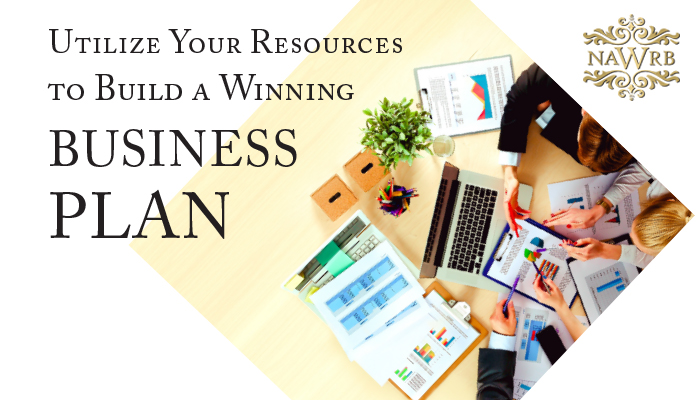The thought of expanding your business is exciting. Facilities can have a dramatic positive impact on bottom lines. However, if the end result does not meet your desires and needs, buyer’s remorse can be significant and the reparations costly. There are many common, yet often avoidable, pitfalls that affect construction-related projects. Being aware of these pitfalls in advance and putting the right team, processes and procedures in place, can minimize the opportunity for negative results.
Integrated approach: Each construction-related professional provides a particular strength and unique understanding within their field. Hiring experienced companies with a strong background of collaborating with other professionals to provide integrated delivery is critical to a successful project. Ensure a fully required scope is covered and proposals accurately reflect the required scope.
Stakeholders: Commercial facilities projects involve many different players including business owners, officers, owner’s representatives, architects, engineers, general contractors, subcontractors, construction managers, government entities and, in many situations, real estate brokers. Strong, clear leadership that communicates the scope, budget and schedule early on, defines job rules and expectations, and is prepared to make changes as needed, will facilitate the continued alignment of your project. As the list of stakeholders grows, it can be increasingly difficult to keep everyone in the loop—with the coordination of schedule requirements, the budget and scope changes—and moving toward the same goal.
Continue reading

 Login
Login

















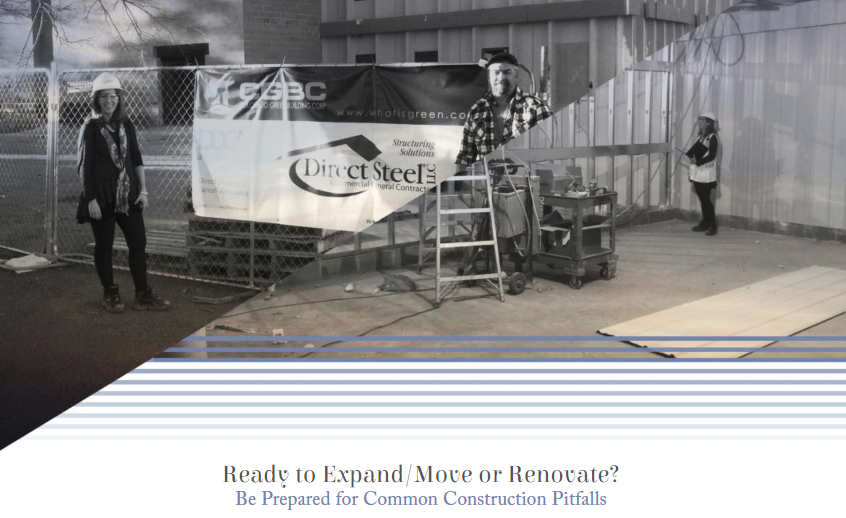
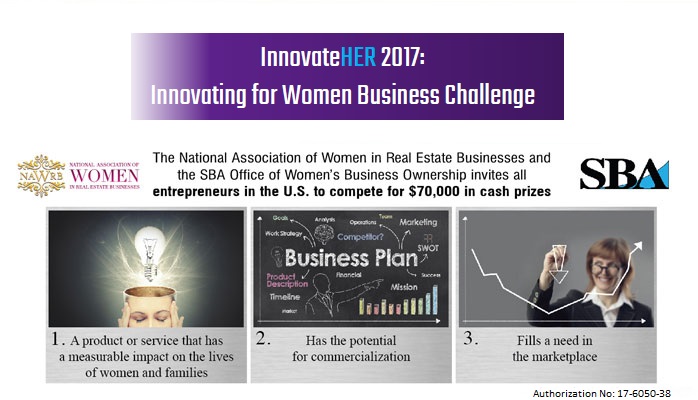
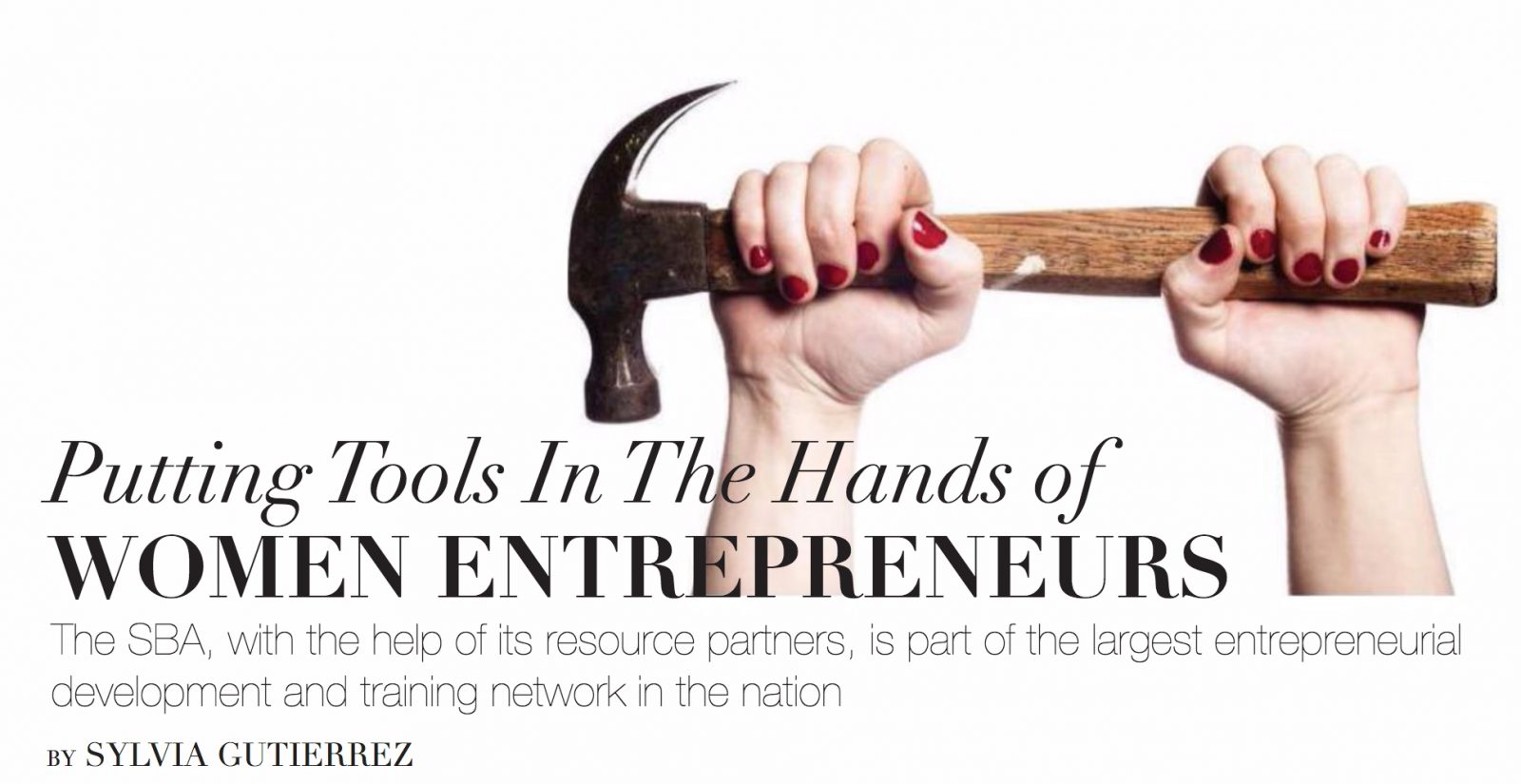
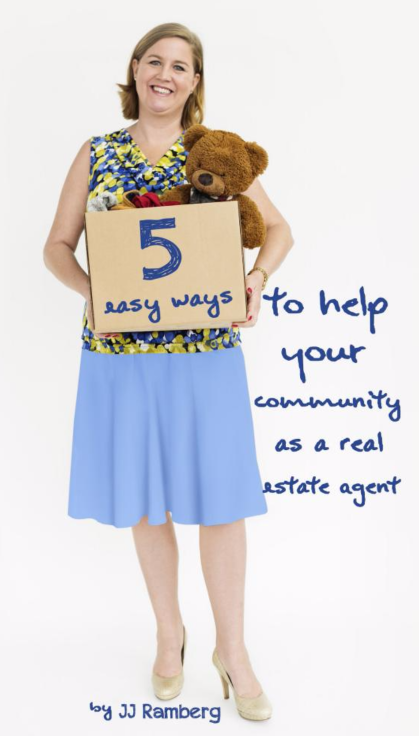 I remember as a kid when I ordered my first Ben & Jerry’s ice cream and when I bought my first body lotion from The Body Shop. Those were the moments when it became very clear to me that business and doing good could go hand in hand. From then on I was always incredibly interested in the idea of socially responsible businesses.
I remember as a kid when I ordered my first Ben & Jerry’s ice cream and when I bought my first body lotion from The Body Shop. Those were the moments when it became very clear to me that business and doing good could go hand in hand. From then on I was always incredibly interested in the idea of socially responsible businesses. When an obese person loses weight, he or she immediately starts to feel better. Blood pressure improves, cholesterol levels diminish and energy levels rise. Because that person is no longer obese, the risk of developing type 2 diabetes, as well as liver, colon and breast cancers and other diseases linked to obesity, diminishes, right?
When an obese person loses weight, he or she immediately starts to feel better. Blood pressure improves, cholesterol levels diminish and energy levels rise. Because that person is no longer obese, the risk of developing type 2 diabetes, as well as liver, colon and breast cancers and other diseases linked to obesity, diminishes, right?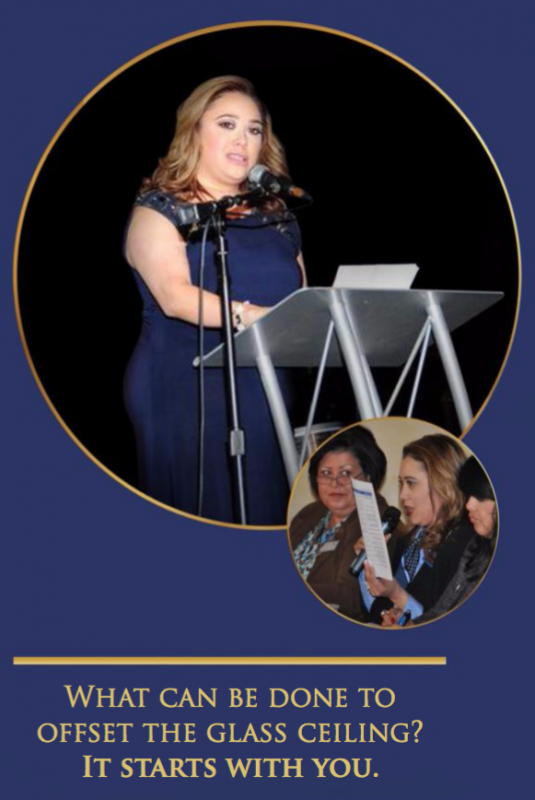 by Vanessa Montañez
by Vanessa Montañez